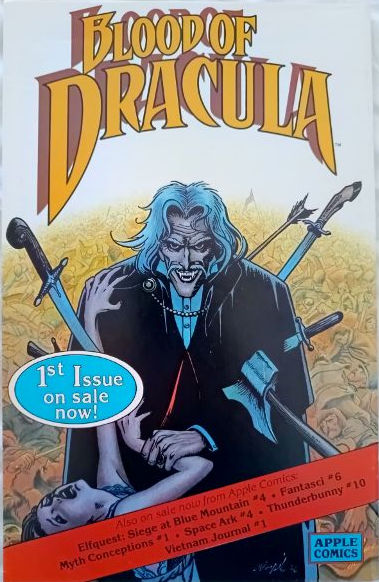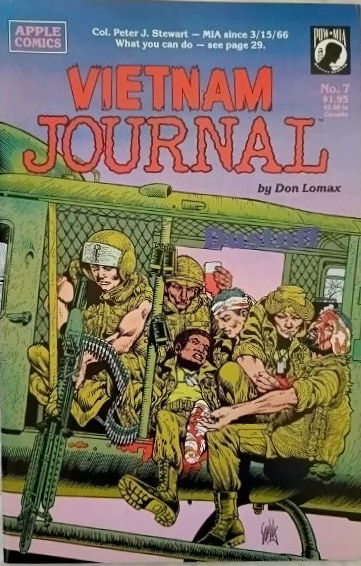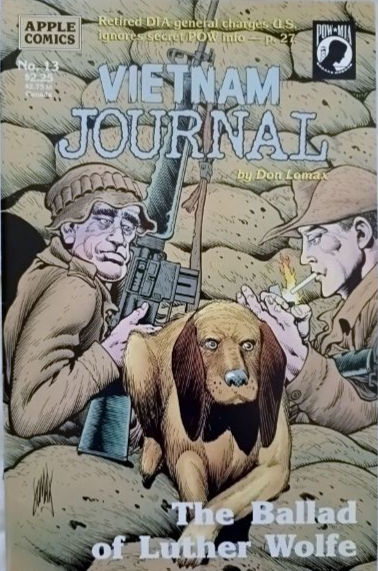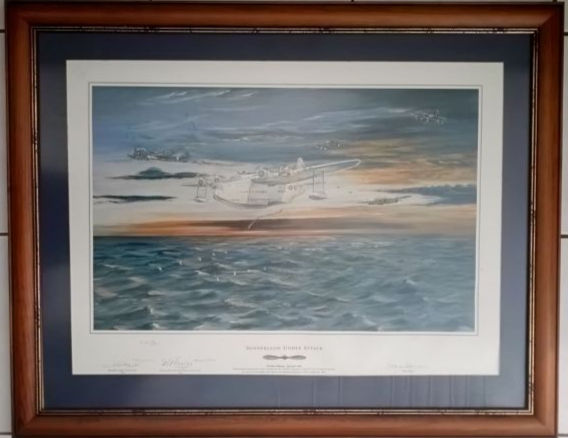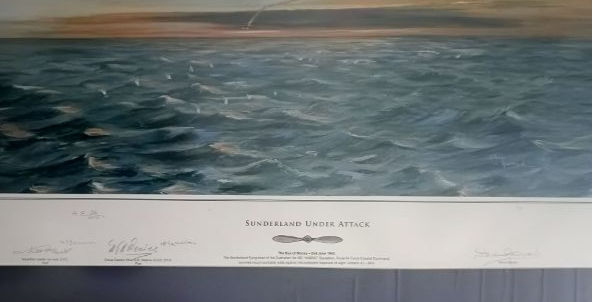Trek Back From Burma (1944, 2018) By W. G. Burchett
The whole world has become corrupt and evil, my son. Just look at our monasteries here. Do you think Lord Buddha ever intended them to denegrate to their present level? There is not one monk in ten who is not corrupt. Instead of spending lives in fasting and teaching and meditation, they drink and gamble, and indulge in worldly pleasures. The phoongyi kyaungs have never stood at a lower level than today.- W. G. Burchett.
Mr. Burchett came out to India to cover the Sino-Japanese war and drifted into Burma with the Chinese Army. He has much to say about the factors that led to the fall of Burma. He relates first hand incidents which led to the evacuation of the country. The author throws a searchlight on the faults of the campaign.
The book contains 23 chapters. Wilfred Graham Burchett (16 September 1911 - 27 September 1983) was an Australian journalist known for being the first Western journalist to report from Hiroshima after the dropping of the atomic bomb, and for his reporting from "the other side" during the wars in Korea and Vietnam.
Burchett began his journalism at the start of the Second World War, during which he reported from China, Burma, and Japan and covered the war in the Pacific. After the war, he reported on the trials in Hungary, the Korean War, the Vietnam War, and Cambodia. The Burma campaign was a series of battles fought in the British colony of Burma. It was part of the South-East Asian theatre of World War II and primarily involved forces of the Allies: the British Empire and the Republic of China, with support from the United States. They faced the invading forces of Imperial Japan, who were supported by the Thai Phayap Army, as well as two collaborationist independence movements and armies. The first of these was the Burma Independence Army, which spearheaded the initial attacks against the country. Puppet states were established in the conquered areas, and territories were annexed, while the international Allied force in British India launched several failed offensives. During the later 1944 offensive into India and subsequent Allied recapture of Burma, the Indian National Army, led by revolutionary Subhas C. Bose and his "Free India", was also fighting together with Japan. British Empire forces peaked at around 1,000,000 land and air forces, and were drawn primarily from British India, with British Army forces (equivalent to eight regular infantry divisions and six tank regiments), 100,000 East and West African colonial troops, and smaller numbers of land and air forces from several other Dominions and Colonies. It was the only land campaign by the Western Allies in the Pacific Theatre that proceeded continuously from the start of hostilities to the end of the war. This was due to its geographical location. By extending from South East Asia to India, its area included some lands which the British lost at the outset of the war, but also included areas of India wherein the Japanese advance was eventually stopped.
The campaign was divided it into four phases: the Japanese invasion, which led to the expulsion of British, Indian and Chinese forces in 1942; failed attempts by the Allies to mount offensives into Burma, from late 1942 to early 1944; the 1944 Japanese invasion of India, which ultimately failed following the battles of Imphal and Kohima; and finally the successful Allied offensive which liberated Burma from late-1944 to mid-1945. China-India relations were positive from the cooperative Burma Road, built to reach the Chinese Y Force and the Chinese war effort inside of China, as well as from the heroic missions over the extremely dangerous air route over the Himalayas, nicknamed "The Hump".
The 2018 option is a reprint of the original
- Hard Cover (1944) and Soft Cover (2018) Options
- 330 pages
- In Fair to Good Condition


